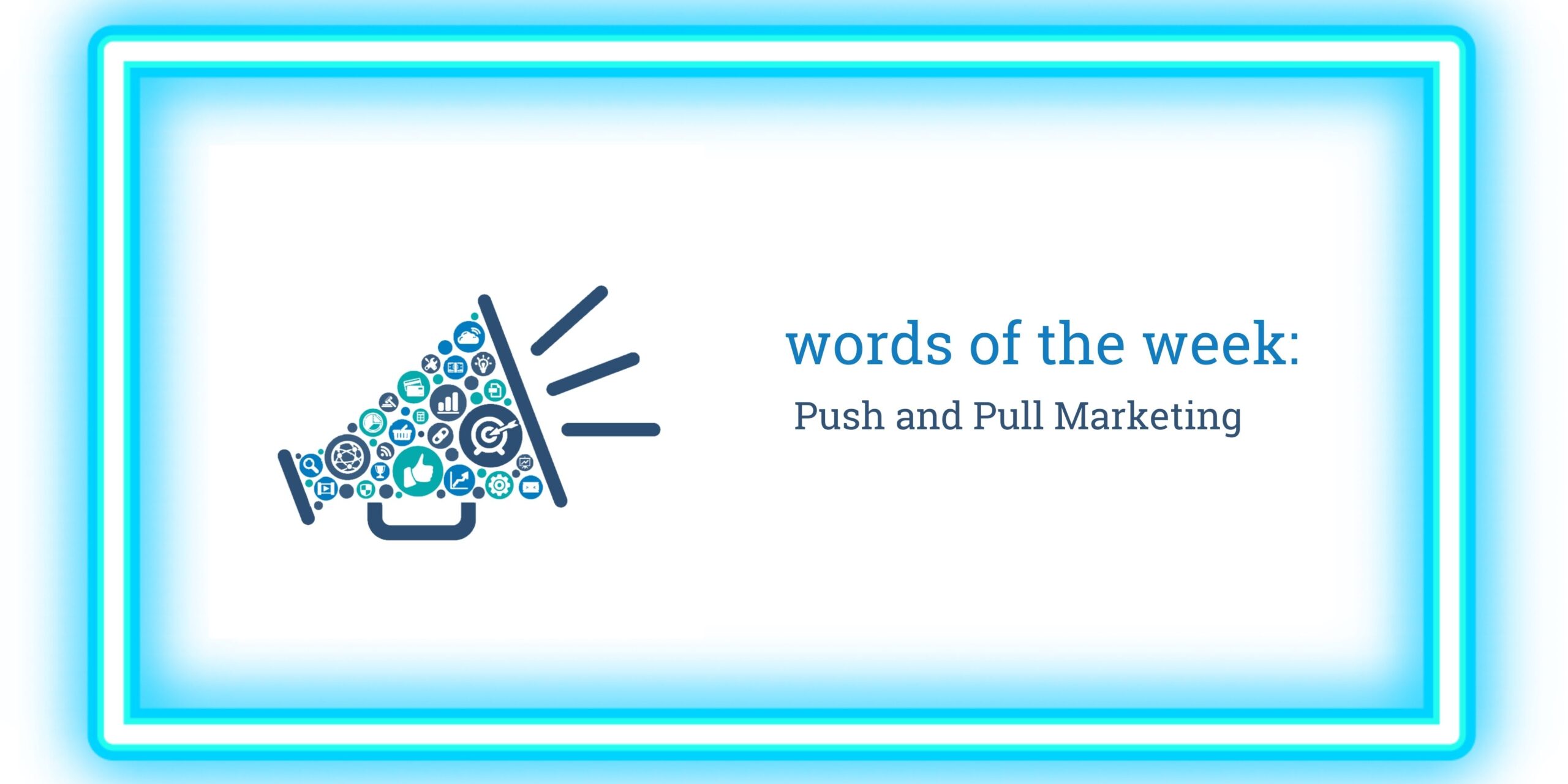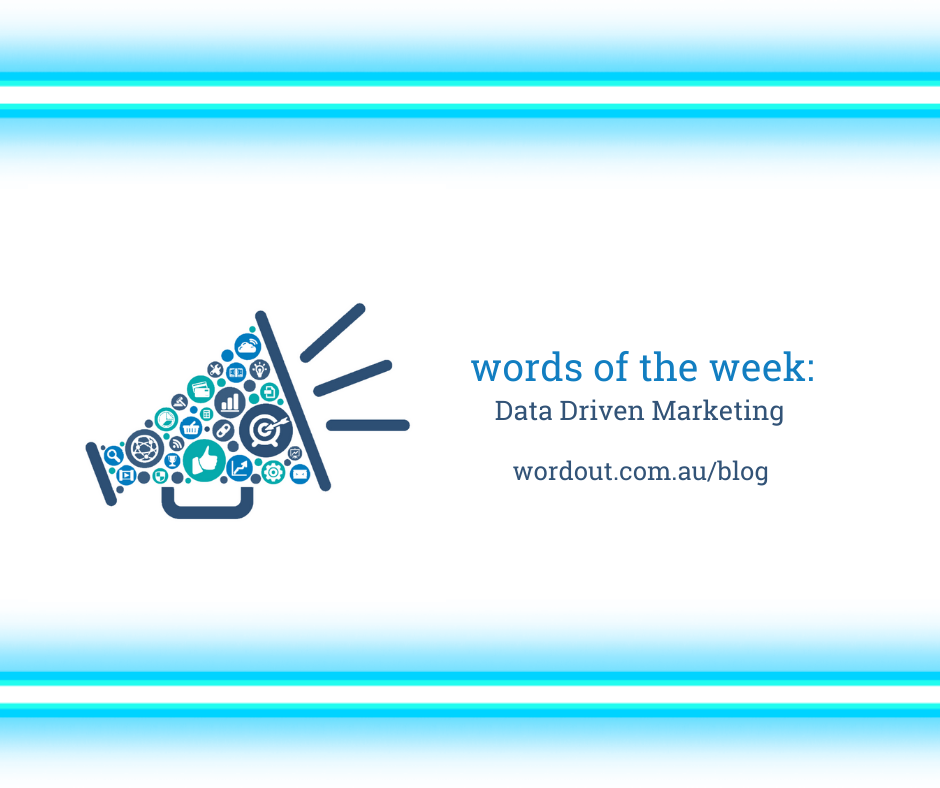Marketing resilience
How do we build resilience into our marketing and communication plans?
If you google the word ‘resilience’ you will be told “it’s the capacity to recover quickly from difficulties; toughness”.
In business we have to have a retrospective and a forward-looking view of where we’ve been and where we’re going. In terms of being resilient we have to be both accepting of what’s specifically happened and how we move on from it as well as acknowledging we are at a different point to where we need to be.
So how do we build resilience into our marketing plans?
1. Gain insider knowledge – understand your market and competitors. Know your strengths and weaknesses, the factors that you can control and the factors you can’t. Undertake a market insight research report, have a SWOT summary and write a risk management contingency plan that identifies potential threats and address what you can do if they happen.
2. Build a strong and resilient brand identity. What are your brand values, specific beliefs, personality; in terms of tone and voice, and your visual identity? Develop cohesive visual and content guidelines that you and your team can work with to ensure a consistent brand is represented across all your marketing activities, including social media accounts and associated posts and paid ads.
3. See the big picture – add ‘what if’ branches into our marketing and communication tree – plan your year out, input key events, marketing activities and external events into a communication plan and create a content calendar to plan your messaging around it. Create a flowchart of plan B and even plan C if plan A doesn’t go how you thought it would. Through doing this, you can then have the flexibility to change and evolve plans as you go without an interrupting the ‘conversation’ you are having to your customers.
4. Data is your weapon. Use it. Have analytical checkpoints in your key marketing activities including and not limited to SEO, SEM, social media and advertising. See what is working and what isn’t working and change marketing activities whilst they are ‘in motion’ rather than just an evaluation at the end of the campaign. If online advertising isn’t gaining traction, change it. If your key words aren’t achieving higher search results, change them.
5. Hear the people. Listen and adapt to customers’ changing needs to help them be resilient too. Have active engagement with your followers on social platforms such as Instagram where you can gain insights into what your customers are saying, liking, reading, watching and doing and then use those insights to attract new followers and deepen existing relationships. You can use tools on Instagram such as close friends for loyalty programs and to target special offers that are relevant to specific customers.
Find out more about building resilience into your marketing plans







